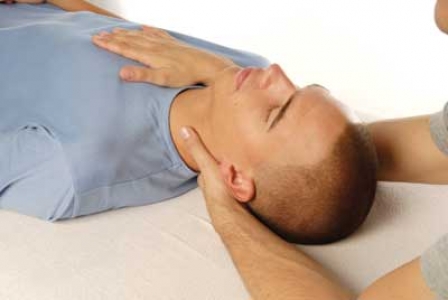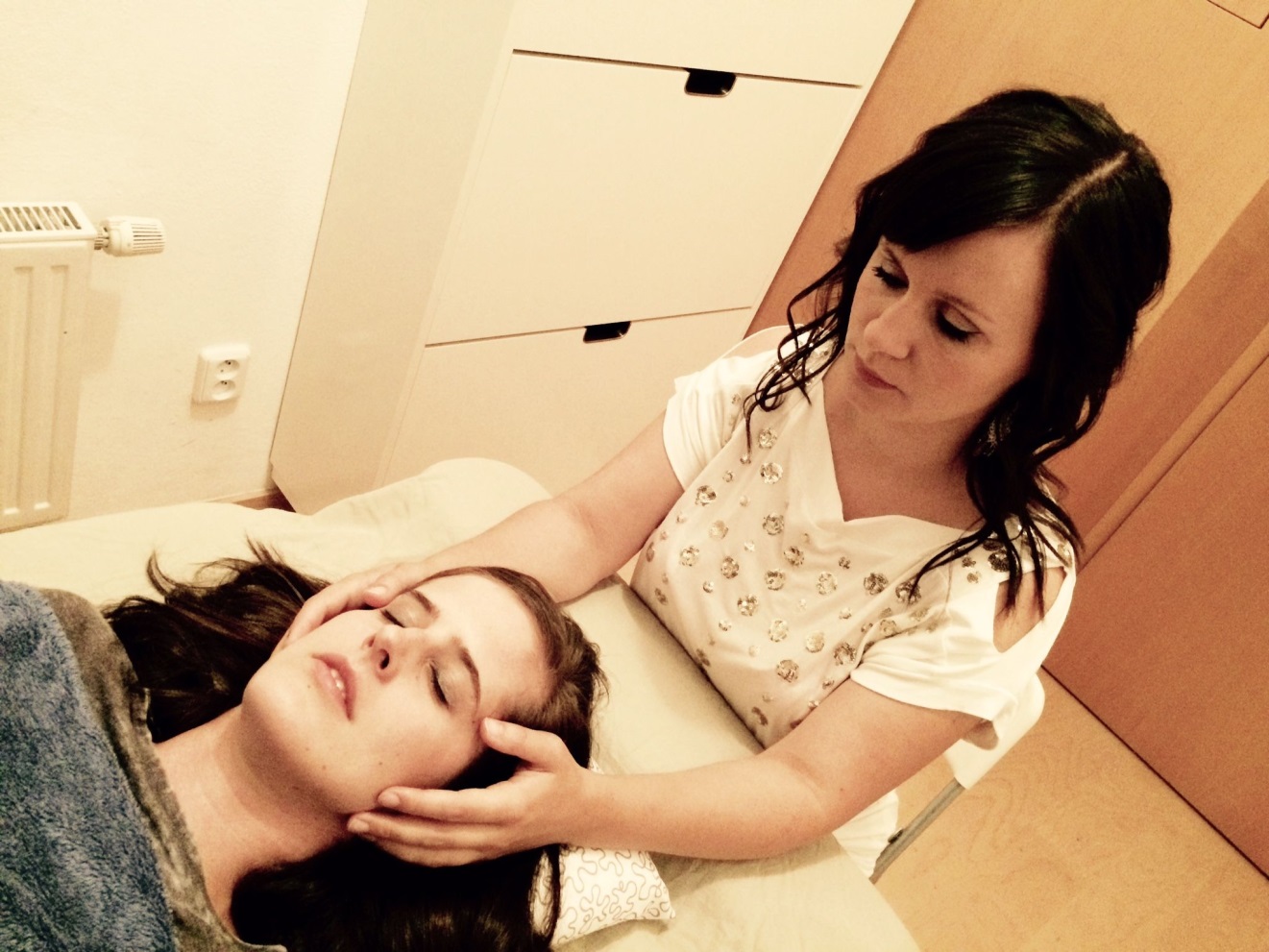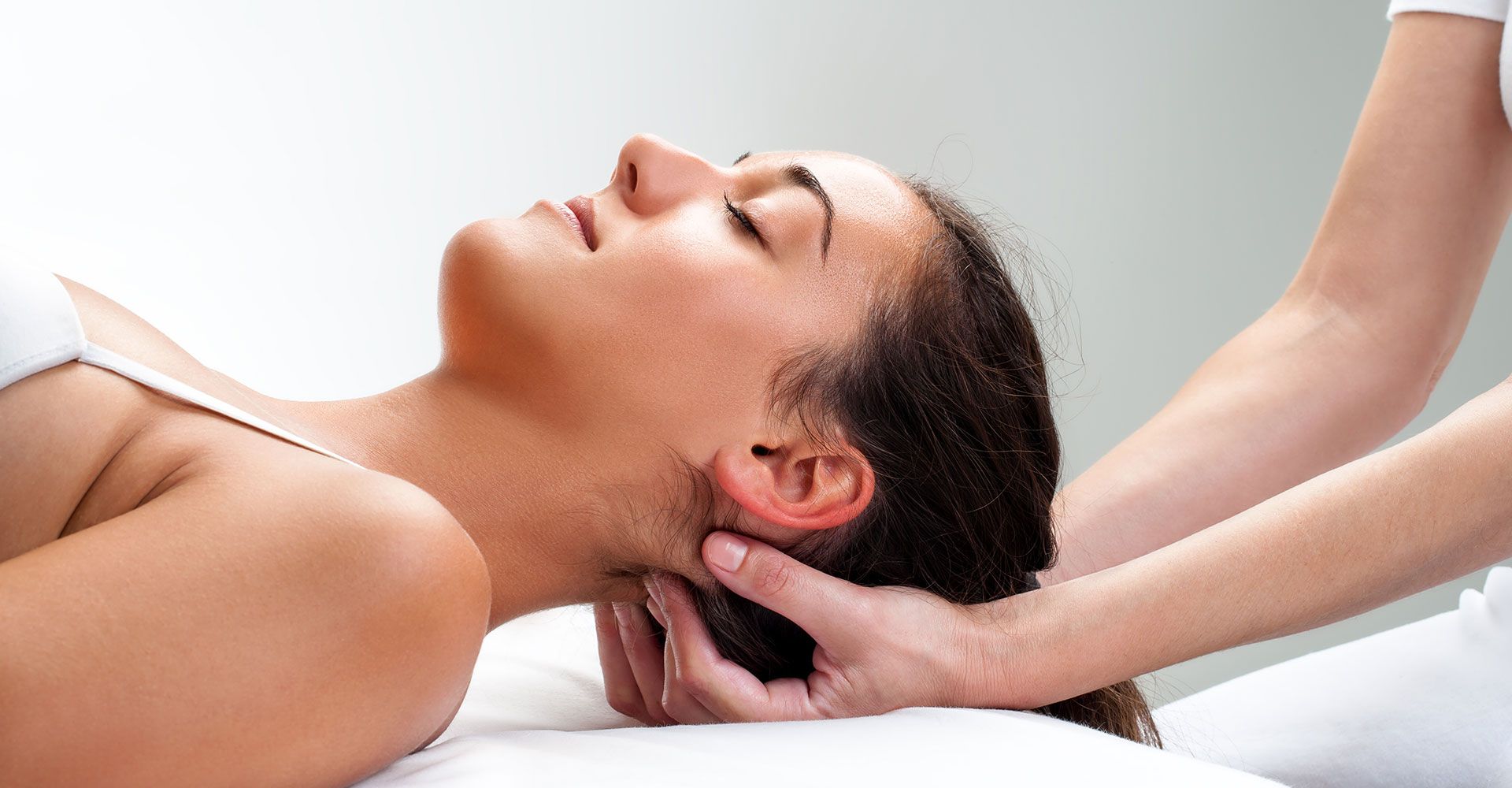Cranial Sacral Therapy (CST), also known as craniosacral therapy, is a kind of bodywork used for relieving compression in the bones of head, sacrum and spinal column. A noninvasive procedure, it makes use of gentle pressure on the head, neck and back so as to get rid of the pain and stress caused due to compression.
Making use of concepts that are around 1000-year-old, this holistic healing procedure was developed in 20th century by John E. Upledger, an osteopathic physician and Professor of Biomechanics. If you are thinking about taking this therapy, then do consider speaking to a doctor in your area and seek best professional therapists if need be.
How Does Craniosacral Therapy Work?

Craniosacral therapy basically intends to escalate and normalize the flow of cerebrospinal fluid through the bones of neck, spine and skull. This helps in regaining health of those suffering from various health issues. Much like traditional Chinese medicine, this healing aids in removal of blockages that result in some disease. But rather than working with great energy, craniosacral therapy acts on tissues and fluids surrounding the central nervous system (CNS).
Several Benefits Of This Therapy

Various medical studies by expert craniosacral therapists have shown that this procedure helps in curing and relieving a range of illnesses and dysfunction including reducing pain, depression chronic fatigue and providing relief in joint problems and many other diseases that affect the nervous, immune or endocrine systems.
According to the University of Minnesota, craniosacral therapy does benefit in relieving chronic pain and healing stress or trauma-related disorders, and also in ameliorating the recovery rate post surgery.
A study published in "Evidence-Based Complementary and Alternative Medicine" suggests that those with fibromyalgia experienced a remarkable improvement in pain, anxiety, quality of life and sleep quality after undergoing 25 weeks of craniosacral therapy. In another study published in "Complementary Therapies in Clinical Practice", researchers found favorable effects of craniosacral therapy on the condition of the lower urinary tract among patients with multiple sclerosis (MS) and that it also improved the their quality of life significantly.

Here are the many dysfunctions and illnesses that craniosacral therapy helps in treatment of.
1. Central nervous system disorders like migraines and headaches
2. Neck pain
3. Chronic fatigue
4. Seizure disorders
5. Hormonal imbalances
6. Chronic sinusitis
7. Immune system function
8. Release of tissue and bone restrictions
9. Chronic pain
10. Overall relaxation and revitalization
11. Constipation
12. Trauma recovery, including trauma from whiplash
13. Irritable bowel syndrome (IBS)
14. Disturbed sleep cycles and insomnia
15. Scoliosis
16. Fibromyalgia
17. Recurrent ear infections or colic in infants
18. TMJ dysfunction
19. Mood disorders like anxiety, stress or depression
20. Difficult pregnancies
But Do Not Go For This Procedure If You Have Any Of These Problems

In most cases, cranial sacral therapy is not recommended to people who have severe systemic infections or have had a recent skull fracture. Also, those with intracranial hemorrhage, or aneurysm and herniation of the brain stem should not opt for this procedure.
Who Can Perform Craniosacral Therapy?

Physical therapists, massage therapists, chiropractors and osteopaths can carry out craniosacral therapy. Special knowledge of head’s bones and spine is needed to perform these techniques. You may feel the benefit from CST in just 3 sessions or even up to 10 sessions; this quite depends on what you’re getting the treatment for. The maintenance sessions may also do you some good.

